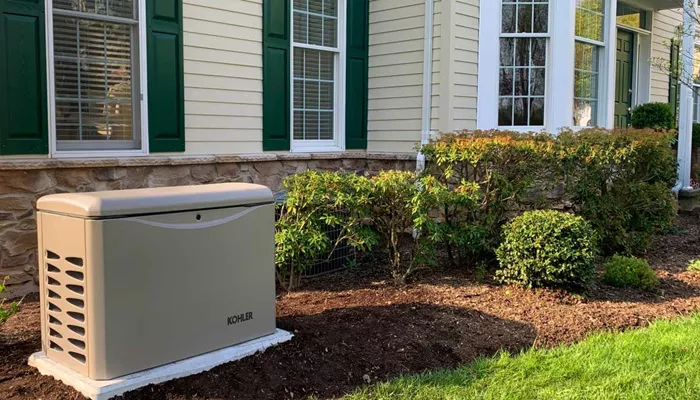Gas generators are essential backup power sources for homes, providing electricity during outages. They are reliable, efficient, and widely used in residential areas. But how exactly do they work? This article explains the mechanics, components, and operation of gas-powered generators in simple terms.
What Is a Gas Generator?
A gas generator is a device that converts chemical energy from gasoline or propane into electrical energy. When the main power supply fails, the generator automatically or manually starts to provide electricity to essential home appliances.
Types of Gas Generators for Homes
Portable Generators : Smaller, movable units that require manual startup.
Standby Generators : Permanently installed, automatic systems that turn on during power outages.
Inverter Generators : Quieter, more efficient, and produce cleaner power for sensitive electronics.
Key Components of a Gas Generator
Understanding how a gas generator works requires knowing its main parts:
Internal Combustion Engine
The engine burns gasoline or propane to produce mechanical energy. The size of the engine determines the generator’s power output (measured in watts).
Alternator (Generator Head)
The alternator converts mechanical energy from the engine into electrical energy through electromagnetic induction. It consists of a rotor (moving part) and a stator (stationary coils).
Fuel System
Fuel Tank : Stores gasoline or connects to a propane supply.
Carburetor/Fuel Injector : Mixes fuel with air for combustion.
Fuel Pump : Transfers fuel from the tank to the engine.
Voltage Regulator
Ensures stable voltage output to prevent damage to connected appliances.
Cooling & Exhaust System
Coolant & Fans : Prevent overheating.
Muffler : Reduces noise from engine exhaust.
Control Panel
Includes power outlets, circuit breakers, and monitoring displays (voltage, frequency, runtime).
Battery & Starter (For Automatic Models)
Enables self-starting when the power goes out.
How Does a Gas Generator Produce Electricity?
Fuel Combustion
When the generator starts, the engine burns gasoline or propane, creating mechanical energy.
Rotating the Alternator
The engine spins the alternator’s rotor inside the stator, generating an electromagnetic field.
Electromagnetic Induction
As the rotor moves, it induces an alternating current (AC) in the stator windings.
Voltage Regulation
The voltage regulator adjusts the output to maintain a steady 120V or 240V supply.
Power Distribution
Electricity flows through the control panel to power home circuits via extension cords or a transfer switch.
Automatic vs. Manual Gas Generators
Manual Start Generators
- Require human intervention to start.
- Used in portable models.
- More affordable but less convenient.
Automatic Standby Generators
- Equipped with an automatic transfer switch (ATS).
- Detect power outages and start within seconds.
- More expensive but ideal for uninterrupted power.
Transfer Switch: Connecting to Home Wiring
A transfer switch is crucial for safely connecting a generator to a home’s electrical system. It prevents backfeeding, which can endanger utility workers.
Types of Transfer Switches
Manual Transfer Switch : Requires flipping a switch to connect the generator.
Automatic Transfer Switch (ATS) : Activates the generator without user input.
Maintenance Tips for Gas Generators
To ensure long-lasting performance:
- Change oil regularly (every 50-100 hours of use).
- Replace air filters to maintain engine efficiency.
- Check spark plugs for wear and carbon buildup.
- Stabilize fuel if storing for long periods.
- Test monthly to ensure readiness.
Advantages & Disadvantages of Gas Generators
Pros
- Widely available fuel (gasoline/propane).
- Lower upfront cost compared to diesel or solar.
- Quick power generation during outages.
Cons
- Higher fuel costs over time.
- Noise & emissions compared to solar/inverter models.
- Shorter lifespan than diesel generators.
Conclusion
Gas generators are a practical solution for home backup power. By converting fuel into electricity through combustion and electromagnetic induction, they keep essential appliances running during outages. Understanding their components, operation, and maintenance helps homeowners make informed decisions when choosing a generator. Whether you opt for a portable or standby model, proper installation and care ensure reliable performance when you need it most. Always follow safety guidelines and consult a professional electrician for wiring and transfer switch installation. By knowing how gas generators work, you can confidently select the best option for your home’s power needs.

